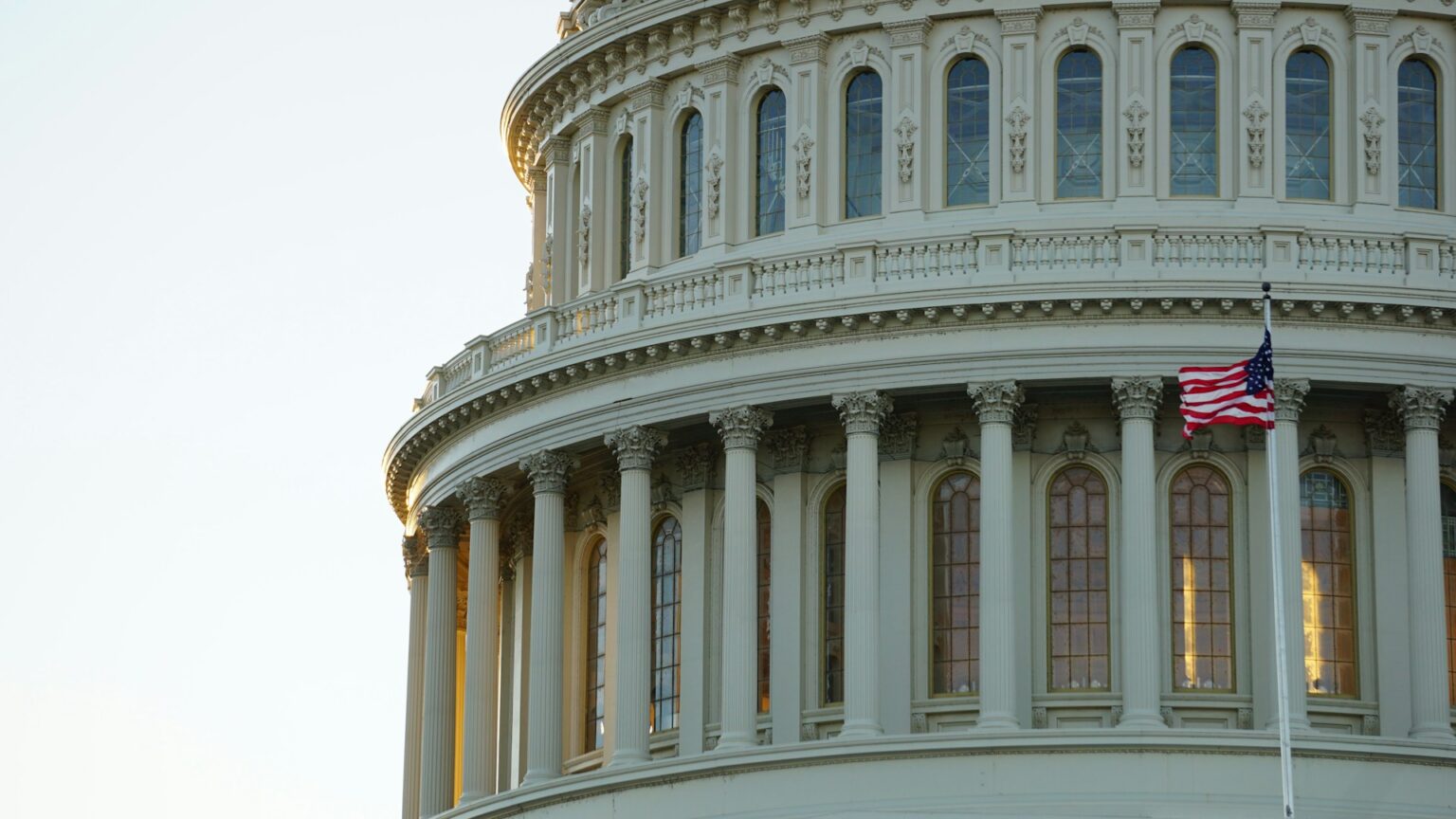As the world increasingly turns towards digital currencies, the US Senate finds itself at the forefront of a significant legislative effort. Lawmakers are once again rallying to push forward a stablecoin bill, aiming to create a robust regulatory framework that can foster innovation while ensuring financial security. This move highlights the ongoing commitment of US legislators to adapt to the digital financial age, emphasizing the importance of clear regulations in the swiftly evolving cryptocurrency space.
US Senate’s Renewed Push for Stablecoin Legislation
Efforts are underway to breathe new life into the Guiding and Establishing National Innovation for US Stablecoins (GENIUS) Act. Initially stalled due to insufficient support, this legislation aims to bring stablecoins under the regulatory umbrella of the Federal Reserve. Spearheaded by Republican Senator Bill Hagerty, the act seeks to establish a “safe and pro-growth” environment for stablecoin innovation in the United States.
The Current Legislative Landscape
Despite bipartisan support, the GENIUS Act recently faced a setback when it failed to secure the necessary votes in the Senate. With only 49 senators backing the bill, it fell short of the 60 votes needed to progress. Even some members of the Republican party, such as Senators Josh Hawley and Rand Paul, joined Democrats in opposing the bill’s advancement.
However, Senator Hagerty remains optimistic, highlighting ongoing bipartisan efforts to address concerns and secure Democratic support before the Senate shifts its focus to the Republican party’s tax and spending proposals. With the Memorial Day recess on the horizon, the window for advancing this legislation is narrowing.
Bipartisan Efforts and Challenges
The GENIUS Act’s journey through the legislative process underscores the complexities of crafting effective regulatory measures in the rapidly evolving crypto landscape. Although initially enjoying bipartisan support, the bill encountered hurdles due to concerns about its provisions on stablecoin issuance and anti-money laundering (AML) regulations. Amendments were made to address these issues, yet some Senate Democrats remained skeptical, citing potential national security risks and inadequate AML safeguards.
Notably, Senator Elizabeth Warren’s critique of former President Donald Trump’s crypto initiatives fueled further opposition, emphasizing the need for stringent regulations to prevent potential “crypto corruption.”
Industry Reactions and Implications
The push for stablecoin legislation has not gone unnoticed by industry leaders. Brian Armstrong, CEO of Coinbase, and other prominent figures have highlighted the critical need for clear regulatory pathways to ensure the US remains competitive in the global crypto market. The absence of such guidelines could stifle innovation and leave consumers vulnerable, according to Josh Vlasto, a spokesperson from Cedar Innovation Fund.
Is Stablecoin Legislation Crucial for Cryptocurrency’s Future?
Yes, establishing a legislative framework for stablecoins is essential. Clear regulations foster innovation, protect consumers, and ensure competitive advantage in the burgeoning global cryptocurrency market.
What are the key components of the GENIUS Act?
The GENIUS Act aims to integrate stablecoins into the Federal Reserve’s regulatory framework, ensuring a secure environment that promotes growth and innovation. It addresses issuer requirements and incorporates anti-money laundering provisions.
How does bipartisan support impact the GENIUS Act?
Bipartisan backing is crucial for the act’s passage, as it indicates broad political consensus. However, concerns over specific provisions continue to challenge its progress, underscoring the complexity of achieving regulatory balance.
Conclusion: Navigating the Path Forward
This comprehensive guide to the GENIUS Act and its implications for the cryptocurrency industry showcases the intricate dance of legislative maneuvering required to ensure robust and effective regulation. As the debate continues, stakeholders remain hopeful that reason and collaboration will guide the process, ultimately paving the way for a stable and innovative financial future. By staying informed, investors and industry participants can better navigate these developments, ensuring they remain at the forefront of this dynamic market.

